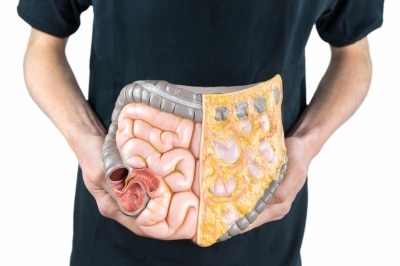Magnesium and Chromium
Studies suggest that magnesium influences the action of insulin in the body. A lack of magnesium may worsen insulin resistance, or even trigger the onset of diabetes. The current RDA for magnesium is 310-320 milligrams (mg) for adult women, and 400-420 mg for adult men. Average intake among Americans tends to be about 100 mg below the recommended levels. Those most likely to have low blood levels include the elderly and those who take diuretic medications, which increase the excretion of magnesium. The best food sources of magnesium are green leafy vegetables, almonds, seeds and dried beans.
- Spinach — 1 cup: 157 milligrams (40% DV)
- Chard — 1 cup: 154 milligrams (38% DV)
- Pumpkin seeds — 1/8 cup: 92 milligrams (23% DV)
- Yogurt or Kefir — 1 cup: 50 milligrams (13% DV)
- Almonds — 1 ounce: 80 milligrams (20% DV)
- Black Beans — ½ cup: 60 milligrams (15% DV)
- Avocado — 1 medium: 58 milligrams (15% DV)
- Figs — ½ cup: 50 milligrams (13% DV)
- Dark Chocolate — 1 square: 95 milligrams (24% DV)
- Banana — 1 medium: 32 milligrams (8% DV)
Chromium is depleted by sugar and as we get older we store less in the body. The body preferentially uses Chromium III (trivalent) and studies show that it is optimal at 160 micrograms per day, but safe up to 1 milligram each day. This trace mineral is essential for sugar balance, and must be replaced everyday, especially as we age. The best food sources are seafood, nuts, various vegetables, and some meats.
- Mussels 100 grams: 128 micrograms (80% DV)
- Brazil Nuts 100 grams: 100 micrograms (63% DV)
- Oysters 100 grams: 57 micrograms (36% DV)
- Dates 100 grams: 29 micrograms (18% DV)
- Pear 100 grams: 27 micrograms (16% DV)
- Brown Shrimp 100 grams: 26 micrograms (16% DV)
- Tomato 100 grams: 20 micrograms (13% DV)
- Mushrooms 100 grams: 17 micrograms (11% DV)
- Hazelnut 100 grams: 12 micrograms (8 % DV)
These two nutrients are the bare minimum that diabetics can supply the body to help themselves. The class that is scheduled November 14th, at 6:30 pm will cover the top three issues that keep diabetics from losing weight and how they overcome them, which helps reduce their numbers. The information is known to doctors, but often not explained by the clinicians because they don’t understand the impact on the patient’s lives.
The third tip for diabetics in this article is zinc, which is another trace mineral that is necessary for life. Most Americans are deficient in zinc. Zinc is not absorbed without sufficient levels of Vitamin A present and are blocked from absorption by ingestion of wheat, barley, and legumes (phytates).
Avoid wheat, barley, and legumes. Ensure you are eating sufficient zinc. With these three minerals, magnesium, chromium and zinc, brought up to optimal levels, patient’s A1C levels have normalized without medication.
References
Wang JL, Shaw NS, Yeh HY, Kao MD. Magnesium status and association with diabetes in the Taiwanese elderly. Asia Pac J Clin Nutr. 2005;14(3):263-9.
Longstreet DA, Heath DL, Vink R. A potential link between magnesium intake and diabetes in Indigenous Australians. Med J Aust. 2005 Aug 15;183(4):219-220
Simsek E, Karabay M, Kocabay K. Assessment of magnesium status in newly diagnosed diabetic children: measurement of erythrocyte magnesium level and magnesium tolerance testing. Turk J Pediatr. 2005 Apr-Jun;47(2):132-7.
http://www.eufic.org/article/en/diet-related-diseases/diabetes/artid/Chromium-in-the-diet/.
http://www.eufic.org/article/en/nutrition/carbohydrates/artid/Chromium-in-the-diet/
Subscribe To Our Newsletter
Join our mailing list to receive the latest news and updates from our team.



